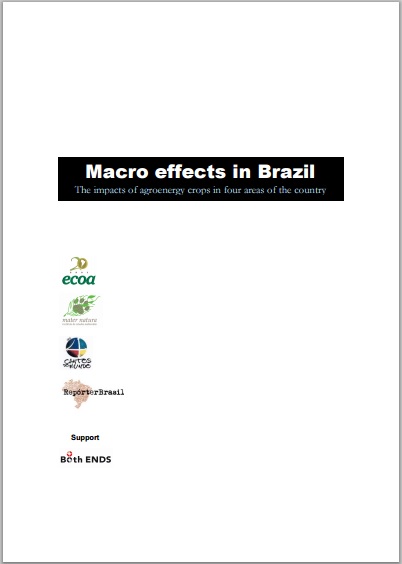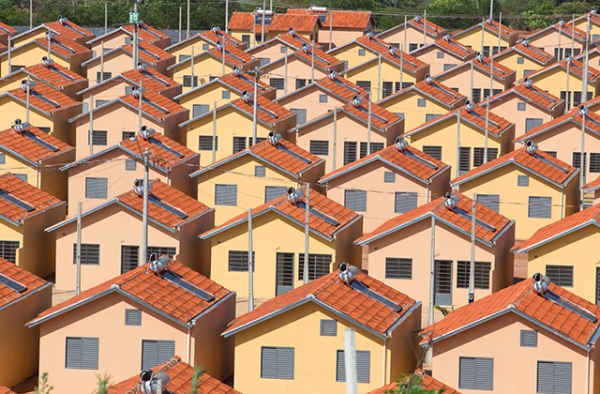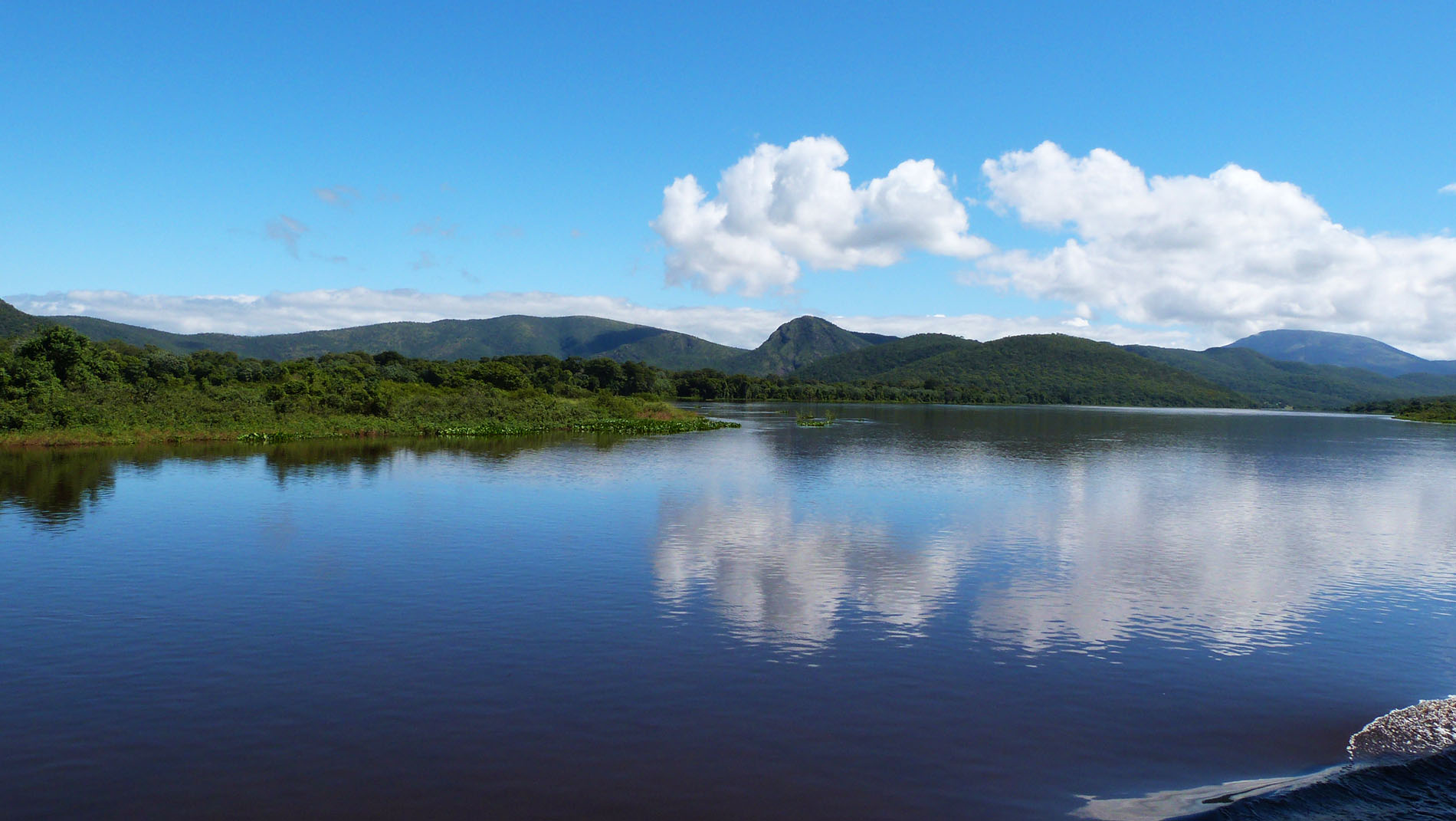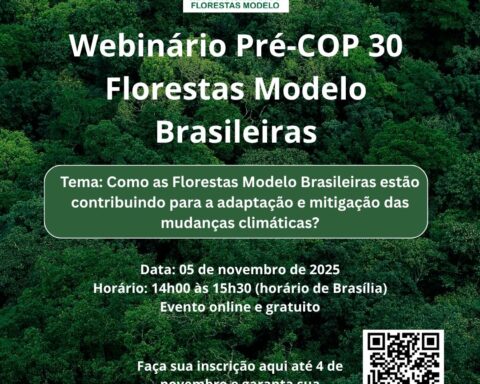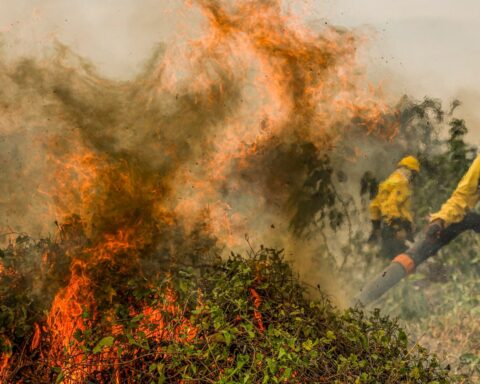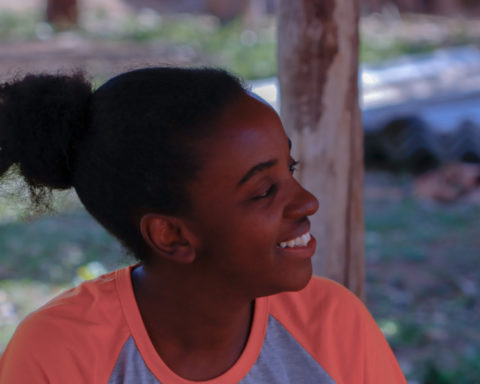 This study examines macroeffects on biofuel production in Brazil – including those already existing and those identified after specific case studies – as well as the role played by civil society organisations in monitoring or mitigating them.
This study examines macroeffects on biofuel production in Brazil – including those already existing and those identified after specific case studies – as well as the role played by civil society organisations in monitoring or mitigating them.
Since President Lula‟s inauguration in 2003, biofuel production took on a new status in Brazil, having become once again a priority for energy policies, as it had been in the 1970s and part of the 1980s, when military governments encouraged production and mandated addition of alcohol to gasoline.
It should be pointed out that in both periods oil prices were high; currently, the core selling point are environmental gains over fossil fuels. Another element contributing to the expansion is the current development of „flex‟ vehicles technology, which run on gasoline, alcohol or any mixture of both.
Over 80% of sugarcane production in Brazil is located within the 88 million hectares of the Paraná River region (Figure 1) – about 10% of Brazil‟s territory – where ethanol-related crops are now expanding. For those reasons, the two case studies on ethanol were conducted in that region, in areas where expansion is strong: the so-called Southern Goiás mesoregion and the High Ivinhema River Basin. The former study focused on the mesoregion as indicated by the Brazilian Institute for Geography and Statistics (Instituto Brasileiro de Geografia e Estatística, IBGE) and the latter focused on an environmental unit (river basin).
Faça o download da publicação: Macro effects in Brazil – The impacts of agroenergy crops in four areas of the country
